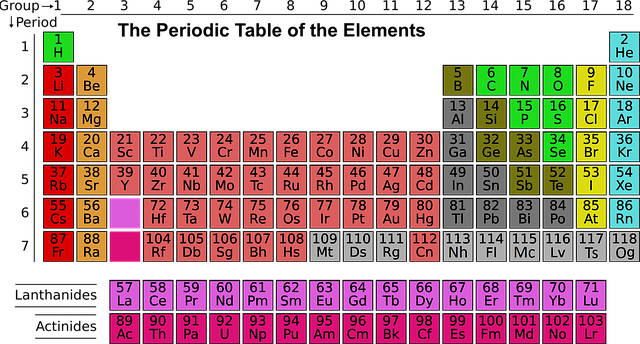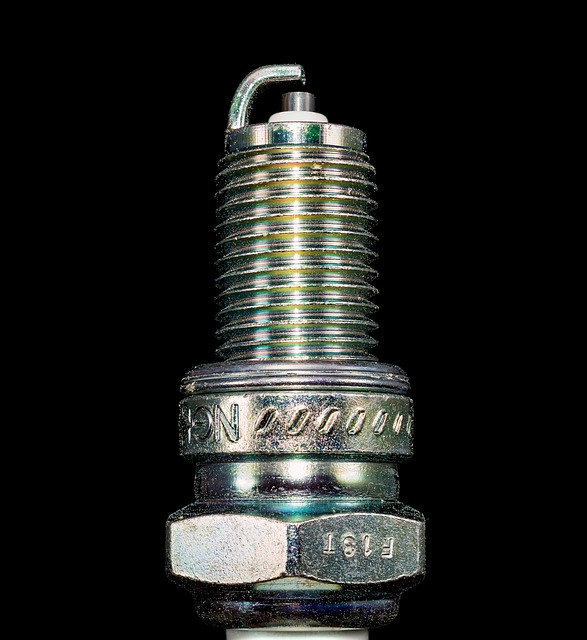Samarium is a chemical element that has atomic number 62. It has an average atomic mass of 150.3 g/mol and represented by the symbol Sm. It is a member of the lanthanide series and it in period 6 of the periodic table. Samarium is an f-block element. In an electrically neutral samarium atom, there are 62 electrons. The electronic configuration of samarium atom is 1s2 2s2 2p6 3s2 3p6 3d10 4s2 4p6 4d10 5s2 5p6 4f6 5d0 6s2. The electronegativity of samarium is 1.17 (Pauling scale). Its oxidation state are 0,+2, +3. The energy required for first ionization is 544.5 kJ/mol.
Samarium has a white silvery colour. It reacts with water and air making oxide. It can be protected in its pure form by sealing it under inert gas. It is solid at STP and has a density of 7.52 g/cm3. The melting point of samarium is 1345 K ?(1072 °C, ?1962 °F) and its boiling point is 2173 K ?(1900 °C, ?3452 °F).
Samarium has 62 protons and has 88 neutrons. Samarium has 5 stable naturally occurring isotopes. Samarium-154 is the most abundant isotope and has an abundance of 26.74%.
Samarium was discovered and isolated by French chemist Lecoq de Boisbaudran in 1879. It was named after Russian mining engineer Vassili Samarsky-Bykhovets who discovered the samarskite mineral.
Samarium is called rare earth element but it is the 40th most abundant element in Earth's crust. In a free state, it is not found but found in minerals attach with other lanthanides and element in compound form. Minerals that contains samarium are samarskite, cerite, gadolinite, bastnäsite and monazite. ).4% of Samarium-154 is produced in the full event of nuclear fission of uranium.
By far, China is the largest producer of all rare earth elements. Followed by India and the US.
Samarium and its compounds have some of the applications below.
samarium monochalcogenides are used in a pressure sensor which detects low-resistance and high-resistance state by external pressure. One of the important application of Samarium is samarium–cobalt magnets. It is 10,000 times stronger than a ferro magnet and has a higher resistance to demagnetization. Samarium cobalt magnets are used in motors of solar-electric aircraft, Noiseless electric guitar and bass pickups. Samarium and its compounds are used as chemical catalysts. It is used in the degradation of plastics and other chemical reactions. Samarium-153 is used in the treatment of different kinds of cancer.
What is samarium used for?
Some of the following are the applications of Samarium.
Samarium-153 is used in the treatment of different kinds of cancer. Samarium monochalcogenides are used in a pressure sensor which detects low-resistance and high-resistance state by external pressure. One of the important application of Samarium is samarium–cobalt magnets. It is 10,000 times stronger than a ferromagnet and has a higher resistance to demagnetization. Samarium cobalt magnets are used in motors of solar-electric aircraft, Noiseless electric guitar and bass pickups. Samarium and its compounds are used as chemical catalysts. It is used in the degradation of plastics and other chemical reactions.
When was samarium discovered?
Samarium was discovered in 1879. It was isolated and discovered by a French chemist Lecoq de Boisbaudran. He extracted it from samarskite mineral.
What is the boiling point of samarium?
The boiling point of Samarium is 2173 K ?(1900 °C, ?3452 °F) and its melting point is 1345 K ?(1072 °C, ?1962 °F).
How many protons does samarium have?
In a neutral atom of Samarium, there are 62 protons and 61 electrons.
Where is samarium found?
Samarium is a rare earth element. It is found in minerals such as monazite, samarskite, cerite, gadolinite and bastnäsite. These minerals are found in countries like China, the United States, Brazil, India, Sri Lanka and Australia. China is leading the production and mining of Samarium.




